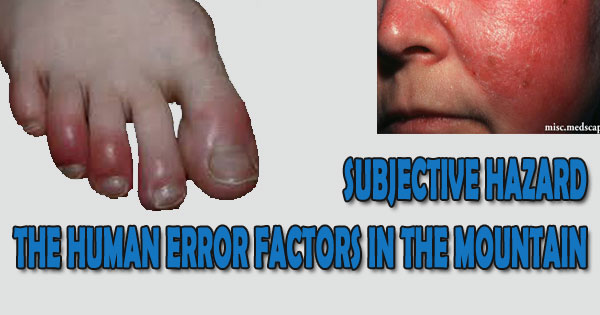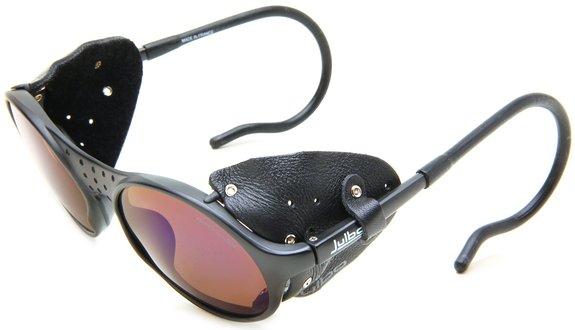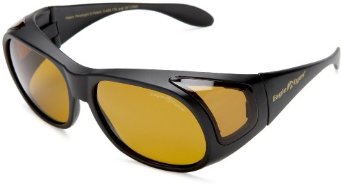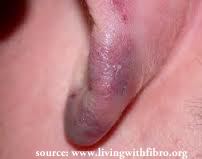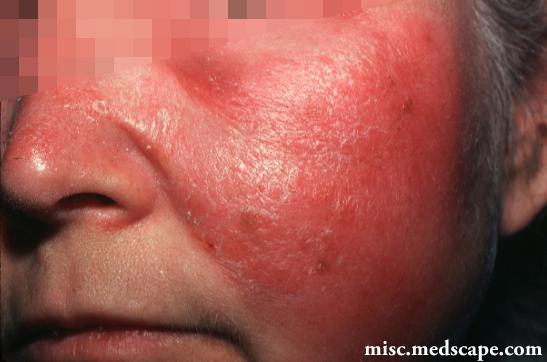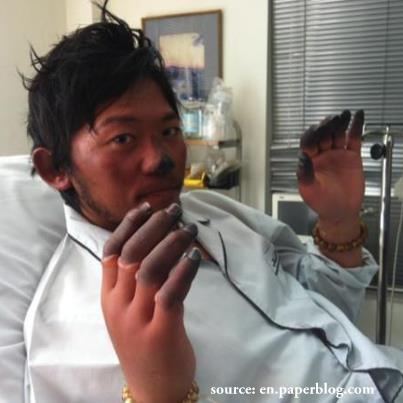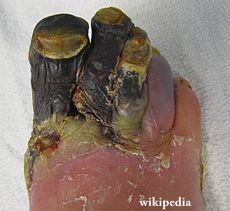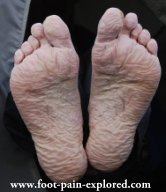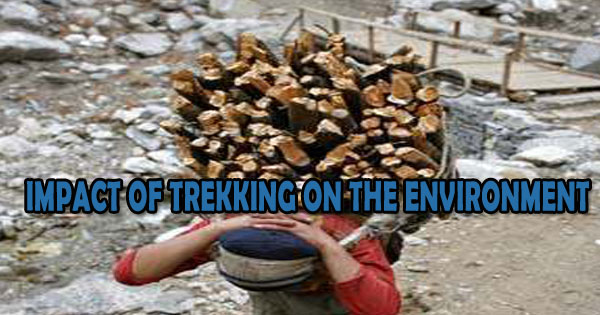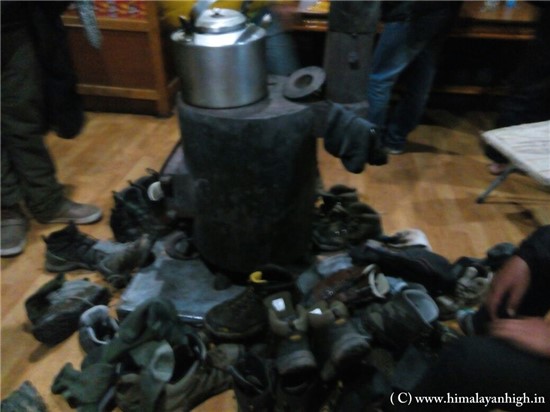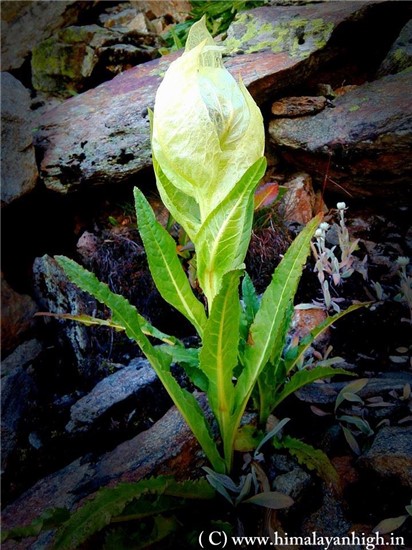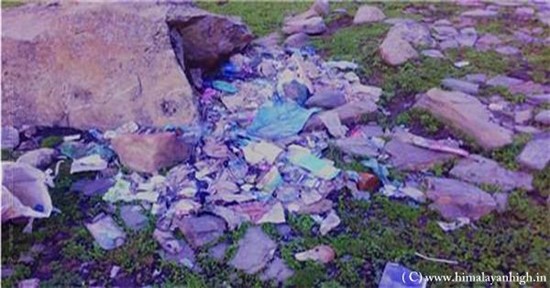High Altitude Seriousness
You Get
ecstasy joy fulfillment accomplishment
fun enjoyment memories
You Fight
Dizziness Headache Stomach Problems Nausea AMS Loss of Appetite HAPE Cough Confusions Ataxia Cold
Breathlessness Fatigue HACE DEATH
Mountains rise up form the ground and the highest mountain peak in our world is Mount Everest, which is 8850 meters high from the sea level. However, the conditions on the top of Mt. Everest is not the same as that at our home. Its extreme and is difficult for human beings to survive for a long time there. Be it for achieving the summit or just for the love of it, human beings have challenged it and successfully achieved it.
Perhaps its the nature of us humans to accept the challenge and get over it. For the love of the mountains, humans have to venture outdoors as the mountains wont be coming to us, we have to go to it. Not only that, a mountaineer has to face lot of difficulties including harsh and extreme weather, living and sustaining out of one's comfort zone, exhaustion and the most important of them all - High Altitude.
What is high altitude?
When venturing into the mountains, you have to climb it, and with that you gain altitude. Gaining altitude changes your body's adaptability capabilities. In mountaineering definition, below is the classification of high altitude
8000ft - 12000ft: High Altitude
12000ft - 18000ft: Very High Altitude
18000ft and above: Extremely High Altitude
8000ft - 12000ft: High Altitude
12000ft - 18000ft: Very High Altitude
18000ft and above: Extremely High Altitude
What are the effects of high altitude on humans?
As we know that with increase in altitude, the atmospheric pressure decreases. The concentration of oxygen at sea level is 21% approximately and the mercuric pressure is approximately 760mmHg. Our body is very well adapted to this conditions. However, at high altitude, the concentration of oxygen remains the same, but since the pressure decreases, the oxygen molecules are now far apart from each other compared to that at sea level. So, we now start receiving less oxygen molecules per breath. This is the trigger to all what cascades after that. At around 5000meters, the pressure is approximately half compared to that at sea level and at the summit of Mt. Everest, its one-third. Our body is not just used to this deficiency of oxygen in our blood, hence we face several problems which clubbed together is called Acute Mountain Sickness ( AMS) or simply Altitude Sickness.
What is Acute Mountain Sickness?
As described above, AMS is caused by our body's inability to adapt to the high altitude. The shortage of oxygen in our blood triggers Hypoxia - deficiency of oxygen in our body. As a result of Hypoxia, our body shows symptoms like headache, dizziness, fatigue, breathlessness, nausea, feeling vomitish, etc. These symptoms clubbed together is called Acute Mountain Sickness.
Symptoms: headache, dizziness, fatigue, breathlessness, nausea, feeling vomitish, loss of appetite
Treatment: resolves on its own. Mild analgesic or ibubrufen may be given for headache. Hydrate the victim. Keep a strict watch on the victim. Restrict further ascent until the symptoms vanish, else descend if symptoms persist. You may put the patient on Acetazolomide ( Diamox - 125mg twice a day post food, if required 250mg twice a day). Still, if symptoms persist, descend is the only solution.
Symptoms: headache, dizziness, fatigue, breathlessness, nausea, feeling vomitish, loss of appetite
Treatment: resolves on its own. Mild analgesic or ibubrufen may be given for headache. Hydrate the victim. Keep a strict watch on the victim. Restrict further ascent until the symptoms vanish, else descend if symptoms persist. You may put the patient on Acetazolomide ( Diamox - 125mg twice a day post food, if required 250mg twice a day). Still, if symptoms persist, descend is the only solution.
How serious can it be?
Usually, AMS heals on its own when ample amount of time is spent at that altitude. However, further ascend should not be allowed if the symptoms do not resolve. AMS should always be seen as a dangerous alarm for two of the deadliest and fatal conditions at High Altitude - High Altitude Pulmonary Edema (HAPE) and High Altitude Cerebral Edema (HACE).
If AMS alarm is not heard, you might be taking yourself to your death bed high up in the mountains.
If AMS alarm is not heard, you might be taking yourself to your death bed high up in the mountains.
What Is High Altitude Pulmonary Edema (HAPE) ?
HAPE is a condition in which the pressure in our pulmonary artery increase so much that it ruptures the week capillaries, specially that of our lungs which is badly Hypoxic. This results in leakage of fluids in our lungs and we have difficulty breathing. HAPE generally happens on the second night, but you should always be on check. Cold conditions increase artery pressure, and increase chances of HAPE.
Symptoms: Breathlessness at rest, fast and shallow breathing, extreme fatigue, cough, sometimes blood in cough, gurgling breaths and dizziness.
Treatments: You cannot treat HAPE at high altitude. You can only reduce the symptoms by giving drugs like Nifidipine ( 8mg). Provide supplementary Oxygen. Victim should be kept warm. Sometime, you might put the victim on Acetazolomide (Diamox) + Nifidipine. Stop any exertion, even while descending. The ultimate course of action is immediate evacuation as soon as possible, even during night if required. The symptoms resolves on descend, but the victim must be taken to hospital for proper management.
Caution should be made not to confuse HAPE with bronchitis, pneumonia or asthma. A HAPE patient will improve on descending.
Symptoms: Breathlessness at rest, fast and shallow breathing, extreme fatigue, cough, sometimes blood in cough, gurgling breaths and dizziness.
Treatments: You cannot treat HAPE at high altitude. You can only reduce the symptoms by giving drugs like Nifidipine ( 8mg). Provide supplementary Oxygen. Victim should be kept warm. Sometime, you might put the victim on Acetazolomide (Diamox) + Nifidipine. Stop any exertion, even while descending. The ultimate course of action is immediate evacuation as soon as possible, even during night if required. The symptoms resolves on descend, but the victim must be taken to hospital for proper management.
Caution should be made not to confuse HAPE with bronchitis, pneumonia or asthma. A HAPE patient will improve on descending.
What Is High Altitude Cerebral Edema (HACE) ?
HACE is a condition in which brain functions improperly due to the effects of altitude. The pressure in the cerebral membrane increase and the brain swells. It can be very dangerous and sometimes might not give you time to react.
Symptoms: Loss of cordination ( ataxia), ability to think, change in one's behavior, agressiveness, irritated behavior, confusion.
Treatments: Similarly to that of HAPE, high altitude is not the place to treat HACE. Only solution is to descend, and HACE patients show quick signs of recovery on descending good altitude. Medicines like Dexamethasone ( 8mg) can be given, sometimes along with Acetazolomide ( Diamox) to give you time to work out evacuation, if required even at night.
Symptoms: Loss of cordination ( ataxia), ability to think, change in one's behavior, agressiveness, irritated behavior, confusion.
Treatments: Similarly to that of HAPE, high altitude is not the place to treat HACE. Only solution is to descend, and HACE patients show quick signs of recovery on descending good altitude. Medicines like Dexamethasone ( 8mg) can be given, sometimes along with Acetazolomide ( Diamox) to give you time to work out evacuation, if required even at night.
How do a human body adapt to high altitude naturally?
To our relief, our body is a miracle machine. Acclimatization is the process by which our body adapts to the extreme conditions of High Altitude Hypoxia.
Acclimatization is a biological process in which our body reacts to the conditions of deficiency of oxygen by increasing the count of Hemoglobin in our blood, which are the oxygen carriers. However, as a result of same, our blood thickens and hence its overload on our heart to pump thicker blood to the distant organs like fingers and toes. So, high blood pressure is normal at high altitude, which is not the case at low altitude.
Acclimatization is a process which takes time depending on the individual body. Few acclimatize faster, whereas few take little more time. There are two kinds of acclimatization - Shorter and Longer. Longer acclimatization might take long time. The approximate formula is the altitude in kilometers multiplied by 11.6 days. So to acclimatize for a normal trek that goes up to 4000 meters, it might take 4 X 11.6 = 46 days!!
Acclimatization has 3 rules, which if followed, maximum acclimatization can be achieved.
Climb High Sleep Low
Slow Ascend, Do Not Over Exert
Hydrate Hydrate Hydrate
Acclimatization is a process which takes time depending on the individual body. Few acclimatize faster, whereas few take little more time. There are two kinds of acclimatization - Shorter and Longer. Longer acclimatization might take long time. The approximate formula is the altitude in kilometers multiplied by 11.6 days. So to acclimatize for a normal trek that goes up to 4000 meters, it might take 4 X 11.6 = 46 days!!
Acclimatization has 3 rules, which if followed, maximum acclimatization can be achieved.
Climb High Sleep Low
Slow Ascend, Do Not Over Exert
Hydrate Hydrate Hydrate
What is Diamox? How does it help?
Diamox is acetazolomide which aids faster acclimatization. Diamox is a diuretic and helps the kidneys excrete the bicarbonates. As a result of Hypoxia, our body breathes rapidly, which decreases the saturation and partial pressure of CO2 in our body. This increases the ph of our blood and makes it alkaline. Use of Diamox re-acidifies the blood and acts as a respiratory stimulant.
Dosage: 125 mg 12 hourly. For very high altitude, 250mg 12 hourly, post meals.
DIAMOX DOES NOT HEAL AMS, IT JUST SPEEDS UP ACCLIMATIZATION. PEOPLE EVEN ON DIAMOX DIE OF HAPE AND HACE.
Dosage: 125 mg 12 hourly. For very high altitude, 250mg 12 hourly, post meals.
DIAMOX DOES NOT HEAL AMS, IT JUST SPEEDS UP ACCLIMATIZATION. PEOPLE EVEN ON DIAMOX DIE OF HAPE AND HACE.
What is Periodic Breathing?
Periodic breathing is a irreegular pattern of breathing that occurs at high altitude, specially during night. The breath might stop for few seconds and it might create tremendous anxiety preventing you to sleep further. Do not worry, its normal, and betters with proper acclimatization. Diamox helps with periodic breathing, 125 mg before sleep.
Sleeping is very important to you as a better sleep means faster acclimatization and better recovery for the next day
Sleeping is very important to you as a better sleep means faster acclimatization and better recovery for the next day
Does sleeping pills help?
Sleeping pills should not be taken at high altitude. It might throw you into problems at high altitude to AMS. Melatonin is an OTC sleep aid that helps many and has no contraindications at altitude. One prescription sleep aid that has shown NOT to disturb breathing at sleep is zoldipem; you may want to discuss taking this medication with your personal physician. Any other hypnotics/tranquilizers should probably not be used at altitude.?
this blog also appears on: https://himalayanhigh.in/high-altitude-seriousness-better-know-it-better

